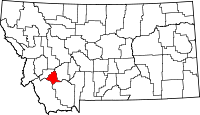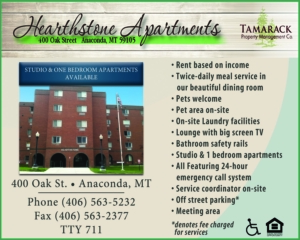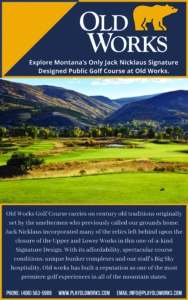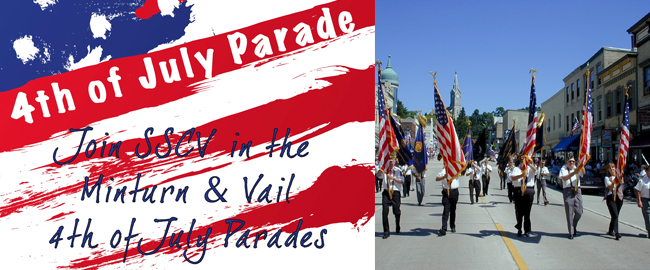History of Silver Bow-Butte
Butte was settled by miners in the 1860s as silver and gold were discovered. The wealth of resources attracted many new residents and the mining camps were organized into a community. By the 1880s businesses were established and the area became famous for its red-light district. Butte was selected as the county seat for Butte-Silver Bow County and the community continued to thrive. Its population soared and the discovery of electricity created a large demand for copper. Copper mines were established and Butte became one of the most prosperous cities in the country. The area continued to develop and the Anaconda Mining Company was founded which, at the time, was the largest company in Montana. The area was recognized as “the Richest Hill on Earth” and attracted immigrants from all over the world.
In the 1950s the Berkeley Pit was opened and was the largest open pit mine at the time. The mine was closed in 1983 and declared an environmentally hazardous site, yet is now one of the largest tourist attractions in the area. As mining began to decline, Butte’s economy shifted towards tourism with thousands of historical buildings on display. The community is widely recognized for its annual Knievel Days and spectacular Independence Day Celebration, attracting visitors and new residents alike. Butte also houses one of the only three speed skating rinks in the country and its proximity to the Continental Divide has made the area popular for recreational enthusiasts.
Today Butte is home to approximately 32,268 residents.






























